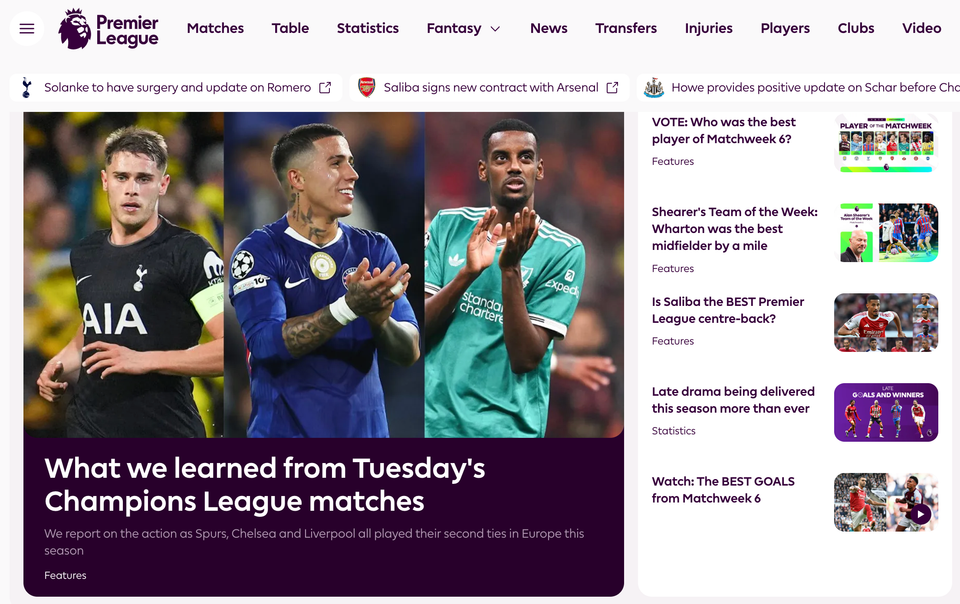IDC's smartphone forecast: 55% increase this year, reckons 1 billion will ship by 2015
Right then, here’s some useful information for anyone who’s having to get their presentations sorted for the next quarterly board meeting. The chaps over at IDC have released their latest forecast and it makes for stimulating reading.
You won’t be surprised by the Symbian statistics, will you? IDC has their marketshare for 2011 at a still respectable 20.6%. By 2015, it reckons the Symbian share of smartphones will account for 0.1%.
Ouch.
Still, that’s not much of a surprise.
For ‘Symbian’, read ‘Windows Phone 7’ though. At least that’s one way to look at it. IDC forecasts that Windows Phone 7 (and Windows Mobile) will account for 20.3% of smartphones in 2015, presumably the bulk being shipped by Nokia?
BlackBerry’s forecast is hanging on at 13.4% whilst Android’s forecast is way, way up the charts at a whopping 43.8%. The iOS forecast is sitting at a rather stagnant 16.9%. Highly believable, provided Apple don’t take the red pill and start shipping hundreds of millions of iPhone Nano devices in the next few years.
Right then, jump into the full release below. I pasted the stats in as a graphic right at the bottom.
Let me know if you agree with their forecasts.
– – – – –
FRAMINGHAM, Mass. June 9, 2011 – The worldwide smartphone market is forecast to grow 55% year over year in 2011 as a growing number of users turn in their feature phones for more advanced devices. According to the International Data Corporation (IDC) Worldwide Quarterly Mobile Phone Tracker, vendors will ship a total of 472 million smartphones in 2011 compared to roughly 305 million units shipped in 2010. That figure will nearly double to 982 million by the end of 2015.
The fast-growing smartphone market, which will grow more than four times the rate of the overall mobile phone market this year, is being fuelled by falling average selling prices, increased phone functionality, and lower-cost data plans among other factors, which make the devices more accessible to a wider range of users.
“The smartphone floodgates are open wide,” said Kevin Restivo, senior research analyst with IDC’s Worldwide Quarterly Mobile Phone Tracker. “Mobile phone users around the world are turning in their ‘talk-and-text’ devices for smartphones as these devices allow users to perform daily tasks like shopping and banking from anywhere. The growth trend is particularly pronounced in emerging markets where adoption is still in its early days. As a result, the growth in regions such as Asia/Pacific and Latin America, will be dramatic over the coming years.”
Smartphone Operating Systems
“Underpinning smartphone growth is the rapidly shifting operating system landscape,” added Ramon Llamas, senior research analyst with IDC’s Mobile Phone Technology and Trends team. “End-users are becoming more sophisticated about what kinds of experiences are offered by the different operating systems. Taking this as their cue, operating system developers will strive for more intuitive and seamless experiences, but will also look to differentiate themselves along key features and characteristics.”
IDC expects Android, which passed Symbian as the leading operating system worldwide in Q4 2010, to grow to more than 40% of the market in the second half of 2011. A significant and growing list of vendors who have made Android the cornerstone of their respective smartphone strategies is propelling the growth of Android.
Symbian will steadily lose share throughout the forecast period as its biggest supporter Nokia transitions its smartphone strategy to Windows Phone. This will present a huge opportunity for competing operating systems to gain footing. Still, Nokia’s commitment to support Symbian devices until 2016 will keep the installed base of Symbian-powered smartphone users on par with its competitors.
Windows Phone 7/Windows Mobile will benefit from Nokia’s support, scope, and breadth within markets where Nokia has historically had a strong presence. Until Nokia begins introducing Windows Phone-powered smartphones in large volumes in 2012, Windows Phone 7/Windows Mobile will only capture a small share of the market as the release of Mango-powered smartphones are not expected to reach the market until late 2011. Nevertheless, assuming that Nokia’s transition to Windows Phone goes smoothly, the OS is expected to defend a number 2 rank and more than 20% share in 2015.
iOS was the third ranked OS going into 2011 and will remain a force in the mobile phone market throughout the forecast. After an initial explosive growth period, iOS is expected to grow at a more modest pace throughout the latter half of the forecast as the smartphone market matures
and diversifies. Although a small market share decline is expected, IDC expects significant overall shipment volume growth through the end of 2015.
BlackBerry OS is expected to maintain its position as a Top 4 smartphone operating system over the forecast period. Like iOS, the BlackBerry OS will experience market share decline even as shipment volumes grow throughout our forecast.




